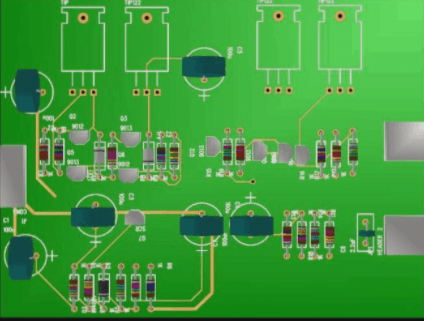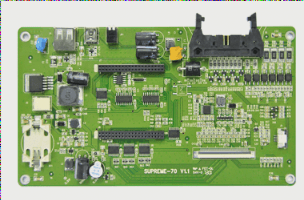1. Solder mask is not just about protecting your PCB; it also enhances the accuracy and reliability of PCB assembly.
2. Typically, the solder mask sliver includes openings that expose copper pads for soldering components onto the PCB.
3. A minimum gap or strip must be maintained between these openings to ensure the functionality and reliability of the PCB.
4. Usually, a minimum electrode width is established to prevent issues such as solder mask slivers and core routing problems.

The minimum solder mask sliver width depends on the manufacturing tolerance and PCB capabilities. This width typically ranges from a few millimeters (several thousandths of an inch) to tens of micrometers.
To ensure the PCB functions correctly, designers must adhere to the recommended electrode width, known as the minimum electrode design rule. This rule defines the minimum width of the solder mask sliver to prevent manufacturing issues.
**The impact of minimum solder mask sliver errors on PCB design**
1) Errors in the minimum solder mask sliver can significantly affect PCB design. For instance, if the solder mask between adjacent pads is too narrow, there is a risk of solder bridging. This can lead to solder flowing through the mask and forming a bridge, causing short circuits, component burnout, or general circuit failures.
2) In some instances, such as with through holes or surface mount components with exposed heat pads, insufficient sliver width can result in solder bridging along the copper core between mask openings. This may cause solder joint failures and damage electrical connections.
To mitigate issues caused by errors in minimum solder mask sliver, consider the following strategies:
1) **Prototyping and Testing:** Prototype and test your design before mass production to verify PCB performance and reliability. Ensure that areas with very small solder mask slivers do not cause problems during testing.
2) **Component Placement:** Carefully review component placement on the PCB layout. Identify areas where the solder mask sliver does not meet width criteria and adjust component placement or routing to resolve these issues.
3) **Design Rule Check (DRC):** Most PCB design software includes Design Rule Check (DRC) to identify violations of solder mask width rules. Run DRC on your design to locate areas of non-compliance and adjust the solder mask openings or design layout accordingly.
Solder mask sliver is crucial in the manufacturing and assembly of electronic components. It prevents overheating and damage to electrical connections between components and circuit boards. Proper solder mask application is essential, especially when dealing with small holes and intricate circuit designs.




